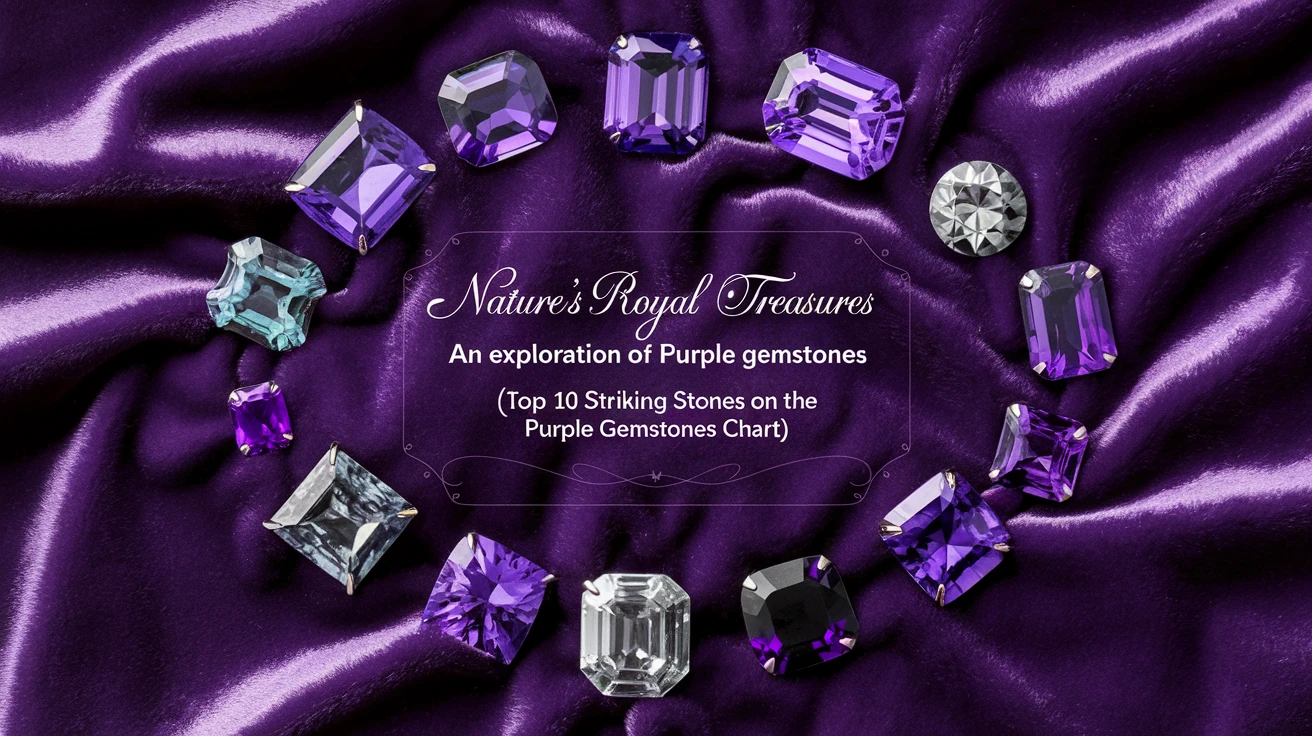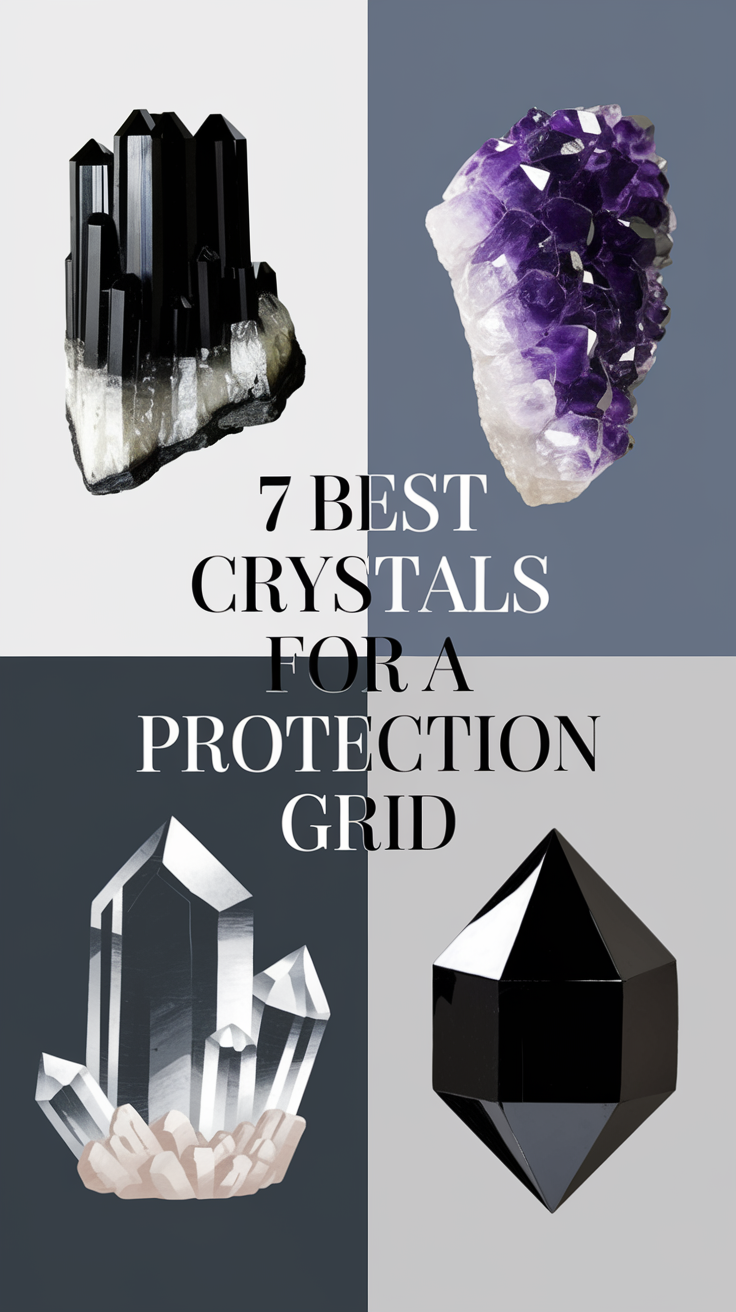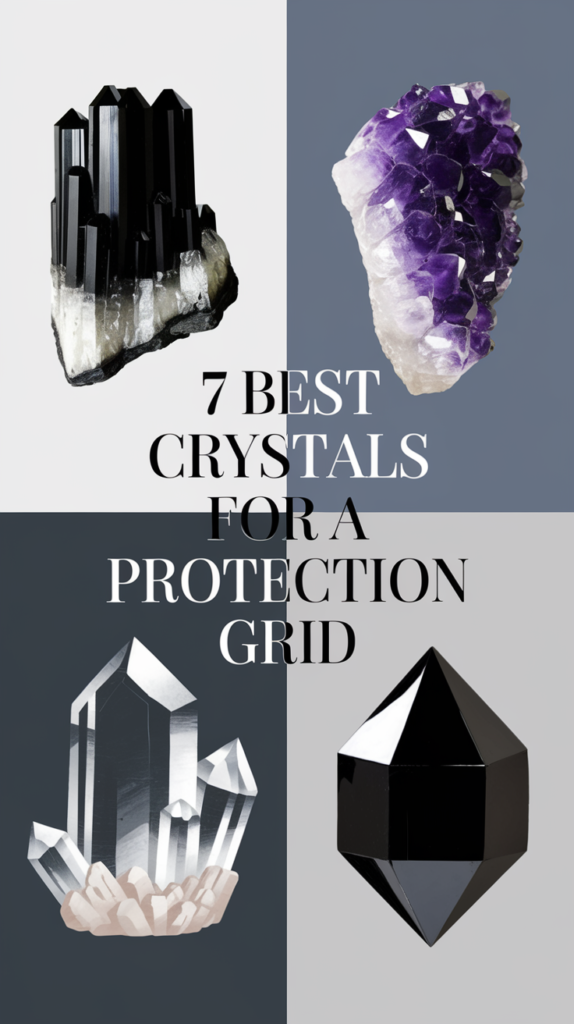
Understanding Purple Gemstones: Nature’s Royal Treasures
Before we delve into specific stones, let’s understand what makes purple gemstones so special. The color purple in gemstones typically comes from various trace elements and chemical compositions. Here’s a comprehensive breakdown of what affects their value:| Factor | Impact on Value | Importance Level |
|---|---|---|
| Color Intensity | Deep, rich purples command higher prices | High |
| Clarity | Cleaner stones are more valuable | Medium-High |
| Size | Larger stones increase exponentially in price | Medium |
| Origin | Certain sources command premium prices | Medium-Low |
The Crown Jewels: Top-Tier Purple Gemstones
Let’s explore the most prestigious purple gemstones in the market:1. Tanzanite – Origin: Tanzania (exclusively) – Hardness: 6-7 on Mohs scale – Notable characteristic: Dramatic pleochroismI once mistook a tanzanite for a sapphire at a gem show – a common error given their similar appearance. However, tanzanite’s distinctive blue-purple pleochroism sets it apart, creating a mesmerizing color shift as the stone moves.2. Purple Sapphire – Origin: Various locations, primarily Sri Lanka and Madagascar – Hardness: 9 on Mohs scale – Notable characteristic: Exceptional durability3. Purple Spinel – Origin: Myanmar, Sri Lanka, Tanzania – Hardness: 8 on Mohs scale – Notable characteristic: Natural fluorescence| Gemstone | Price Range (per carat) | Investment Potential |
|---|---|---|
| Tanzanite | $500-$2,000 | High |
| Purple Sapphire | $1,000-$5,000+ | Very High |
| Purple Spinel | $300-$1,500 | Medium-High |
Mid-Range Purple Beauties
4. Amethyst – Origin: Brazil, Uruguay, Zambia – Hardness: 7 on Mohs scale – Notable characteristic: Wide availability and color range5. Iolite – Origin: India, Sri Lanka, Myanmar – Hardness: 7-7.5 on Mohs scale – Notable characteristic: Strong pleochroism6. Kunzite – Origin: Afghanistan, Brazil, Madagascar – Hardness: 6.5-7 on Mohs scale – Notable characteristic: Color sensitivity to heat and light7. Purple Fluorite – Origin: China, Mexico, England – Hardness: 4 on Mohs scale – Notable characteristic: Often shows color zoningThese mid-range options offer excellent value for collectors and jewelry enthusiasts. During my collection-building journey, I’ve found these stones to provide the perfect balance between beauty and affordability.Affordable Purple Gemstone Options
8. Lepidolite – Origin: Brazil, Russia, Madagascar – Hardness: 2.5-3 on Mohs scale – Notable characteristic: Contains lithium9. Charoite – Origin: Russia (exclusively) – Hardness: 5-6 on Mohs scale – Notable characteristic: Unique swirling patterns10. Sugilite – Origin: South Africa, Japan – Hardness: 5.5-6.5 on Mohs scale – Notable characteristic: Rich purple color with black matrixCare Guidelines for Purple Gemstones: • Store separately to prevent scratching • Clean with mild soap and warm water • Avoid ultrasonic cleaners for softer stones • Keep away from direct sunlight • Regular professional cleaning recommendedConclusion
The world of purple gemstones offers something for every collector and enthusiast, from investment-grade tanzanite to affordable yet beautiful lepidolite. Through my years of experience, I’ve learned that each stone has its unique charm and story to tell. Whether you’re starting your collection or adding to an existing one, understanding these purple beauties can help you make informed decisions and appreciate their natural wonder even more.Remember, the value of a gemstone isn’t just in its price tag but in the joy it brings to its owner. Consider your lifestyle, budget, and intended use when selecting your perfect purple gemstone.Key Takeaways
- Purple gemstones vary significantly in hardness, value, and durability
- The most valuable purple gemstones are tanzanite, sapphire, and spinel
- Proper care and storage are essential for maintaining gemstone beauty
Frequently Asked Questions
Which purple gemstone is the most valuable?
Purple sapphire typically commands the highest prices per carat, followed by fine tanzanite.Are all purple gemstones natural?
While many purple gemstones are natural, some may be treated or synthetic. Always ask for certification when purchasing.How can I tell if a purple gemstone is genuine?
Look for natural inclusions, proper hardness testing, and get certification from reputable laboratories.Which purple gemstone is best for everyday wear?
Purple sapphire and spinel are ideal due to their high hardness and durability.Can purple gemstones fade over time?
Some purple gemstones, like kunzite and amethyst, can fade if exposed to prolonged sunlight.What’s the most affordable purple gemstone?
Amethyst is generally the most affordable while still maintaining good durability and beauty.How should I clean my purple gemstones?
Use mild soap and warm water for most stones, avoiding harsh chemicals and ultrasonic cleaners for softer varieties.Are purple gemstones rare?
Some, like tanzanite and charoite, are very rare, while others like amethyst are more common.Can I wear purple gemstones while swimming?
It’s not recommended, as chlorine and salt water can damage some purple gemstones.What makes tanzanite so special?
Tanzanite’s unique pleochroism and single source location make it particularly valuable and sought-after.


